Latest NRAO News
News is managed by NRAO News & Public Information. Questions about News? Have a story to share? Want to interview a scientist or create new media about our telescopes?
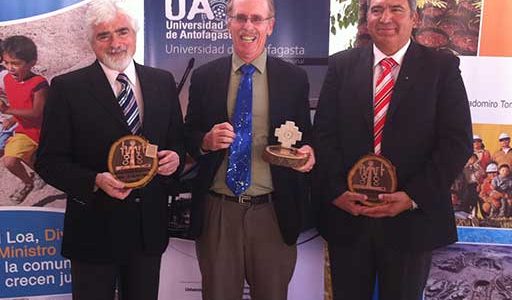
The National Radio Astronomy Observatory and Associated Universities, Inc, joined the National Copper Corporation of Chile and the Center for Educational Innovation of the University of Antofagasta in a project to build a center for training teachers from throughout Chile in astronomy and science.
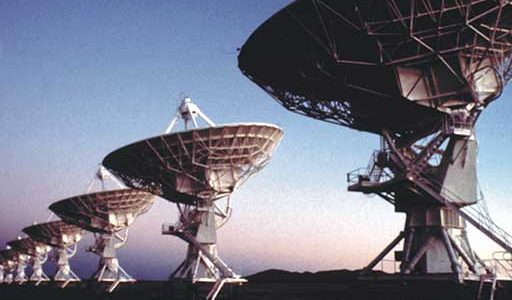
The most famous radio telescope in the world is about to get a new name. The Very Large Array, known around the world, isn’t what it used to be. The iconic radio telescope, known around the world through movies, documentaries, music videos, newspaper and magazine articles, advertisements, textbooks, and thousands of scientific papers, is nearing the completion of an amazing transformation.
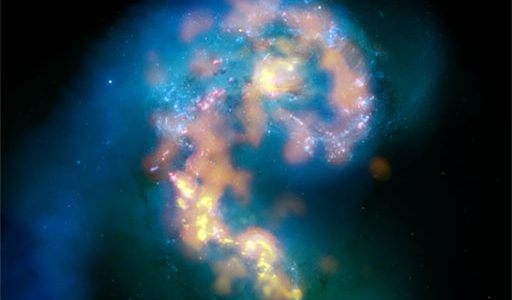
The detailed views of star-formation in the Antennae Galaxies are the first astronomical test images released to the public from the growing Atacama Large Millimeter/submillimeter Array and confirm that this new telescope has surpassed all others of its kind.
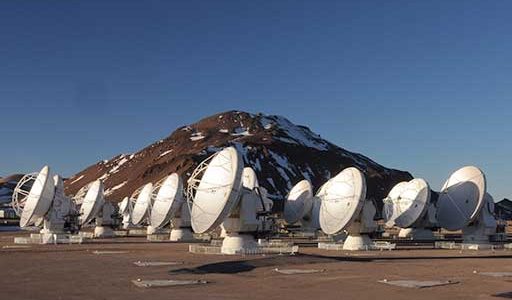
Humanity’s most complex ground-based astronomy observatory, the Atacama Large Millimeter/submillimeter Array, has officially opened for astronomers at its 16,500-feet elevation site in northern Chile.
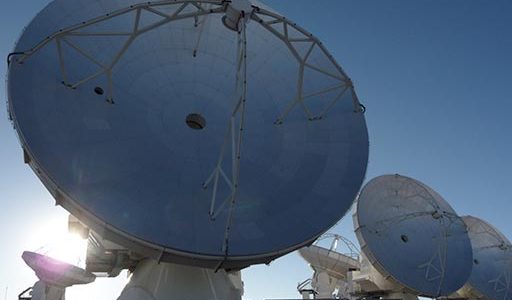
Highly specialized, scientifically advanced antennas come together to capture never-before seen details about the cosmos.

A Socorro astronomer and his wife were sworn in as new U.S. Citizens in a ceremony at the National Radio Astronomy Observatory’s Very Large Array radio telescope Wednesday. Dr. Emmanuel Momjian and his wife, Mari Jananian, took the oath of allegiance at a special event conducted by Peter Rechkemmer of the U.S. Citizenship and Immigration Services, with the oath administered by Patti JMK Reynolds, Albuquerque Field Office Director of the USCIS.





